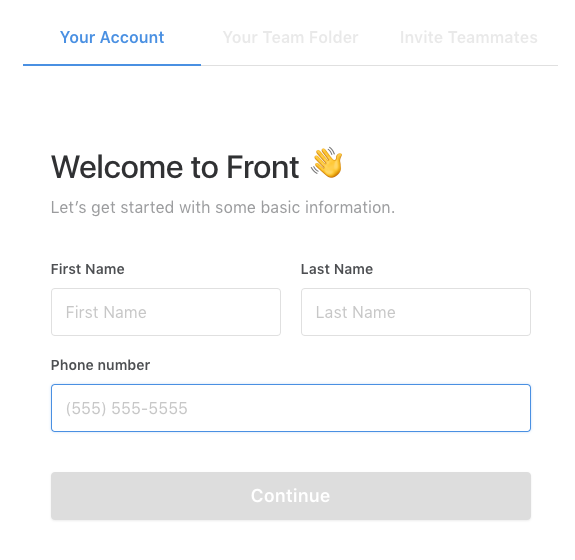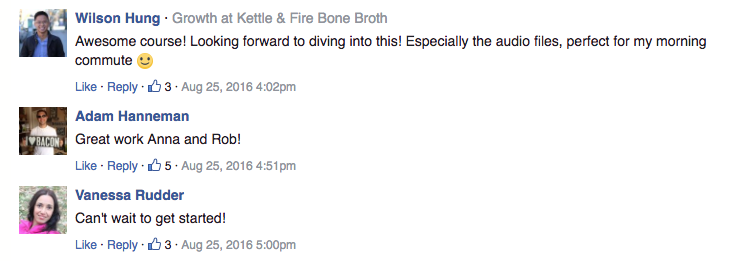Dave McClure of 500 startups popularized the AARRR metrics framework for product managers and online marketing:
The Metrics
The acronym stands for:
- Acquisition
- Activation
- Retention
- Referral
- Revenue
These steps follow on from each other, making up the funnel from acquiring users to generating revenue. Also, bonus points because you sound like a pirate saying it!
Acquisition

This means figuring out ways to bring people to your site. You want to focus on acquisition methods that are:
- high volume;
- high performing; or
- low cost.
There are almost unlimited tactics and channels you can use to bring people to your site. In the very early days you may well be doing things that don’t scale. But quickly, most early stage teams focus on making one primary channel work. I call it finding your market-marketing fit.
Typically, for SaaS companies, this channel will be paid marketing or content marketing. Others just focus on outbound emailing campaigns built around an inside sales model.
Activation
Now, that you’ve hung up posters around your neighborhood, sent telegrams to your friends and hosted your launch party, people are starting to visit your site.
Activating them in the case of SaaS will be convincing them to sign up to your app and take first steps so they get their ‘aha’ moment that demonstrates the value of your product.
Here’s an example of Ahref, an SEO SaaS, to lead with a clear, convincing value prop coupled with a call to start a free trial:

And once they’ve hit that button, you’ll want to get them quickly to their ‘Aha’ moment when they see the value that your product will bring to them.
Often, you’ll have some onboarding such asking for specific user data as Front does here:

Retention
The lifetime value of SaaS customers is heavily dependent on a low churn rate. You get paid back on your acquisition and activation costs one monthly check at a time.
The type of efforts depend on what you can afford to spend. Typically, more expensive software will have account managers or customer success managers that check in regularly to make sure customers are still seeing value.
For less expensive products, you can offer webinars to train people on the software. You can send out emails based on triggers such as inactivity for a certain period.
Online, you’ll find a lot of discussion around credit card expiration and SaaS churn. While it certainly is a real thing, I feel this aspect is overrated. After all, if someone is so unengaged with your product that the credit card expiring is a reason why they churned, the problem isn’t really about the credit card.
At the same time, it’s great to remove as much friction from the process of adding a new credit card, including have sharable links that people can send to accounts.
Drip offers a free 11 -video course on getting the most out of Drip:

This course is super popular with Drip’s audience. Check out these comments:

One guy even wants to listen to the course audio on his commute!
As a side note, when it comes to small & medium businesses, you’ll often have to teach some of customers how to get the most out of your software.
Referral
Referrals are the holy grail, because it can mean that for every customer you “buy” you get a certain amount of additional customers for free. If you get more than 1 additional customers for each one you “buy”, you stand a chance at having exponential, viral growth.
Affiliate programs, referral incentives and simple calls to refer to others at strategic points in your app are all ways of improving this metric.
Dropbox famously “hacked” their way to initial traction by offering a two-sided incentive to sign up.
Typically, however, B2B SaaS companies don’t see massive amounts of sharing. However, if you’re a workflow app, you do enjoy the benefit of having a large amount of people who use your product on a regular basis. When they talk to other people in the industry, they’re likely to mention your product.
Revenue
In SaaS, revenue is fairly straight forward: your users pay you on a regular basis for the software. For self-service marketing models, you just ask them for their credit card at the end of the trial.
If you have a freemium model, you’ll have to figure out how to position your premium product so you have a decent rate of upgrade to your paying product.
Pricing for SaaS products will be increasingly important as you grow past your early stage.
How to Measure These Metrics?
It’s all very well talk about AARRR, but the real challenge is accurately measuring these metrics, so you can get a sense of your progress.
Broadly speaking, you can measure metrics in four ways:
- quantitatively (Google Analytics, Mixpanel, conversion goals, event tracking, cookies)
- qualitatively (user interviews, user testing)
- comparatively (A/B testing a landing page, feature flagging a feature)
- competitively (competitor analysis)
Acquisition metrics for online advertising are basically a solved problem. You buy ads on Facebook or Google, and you can track those visitors on your app.
Things get a little harder when you’re trying to track the effectiveness of an YouTube influencer campaign designed to drive mobile sign ups, for example.
